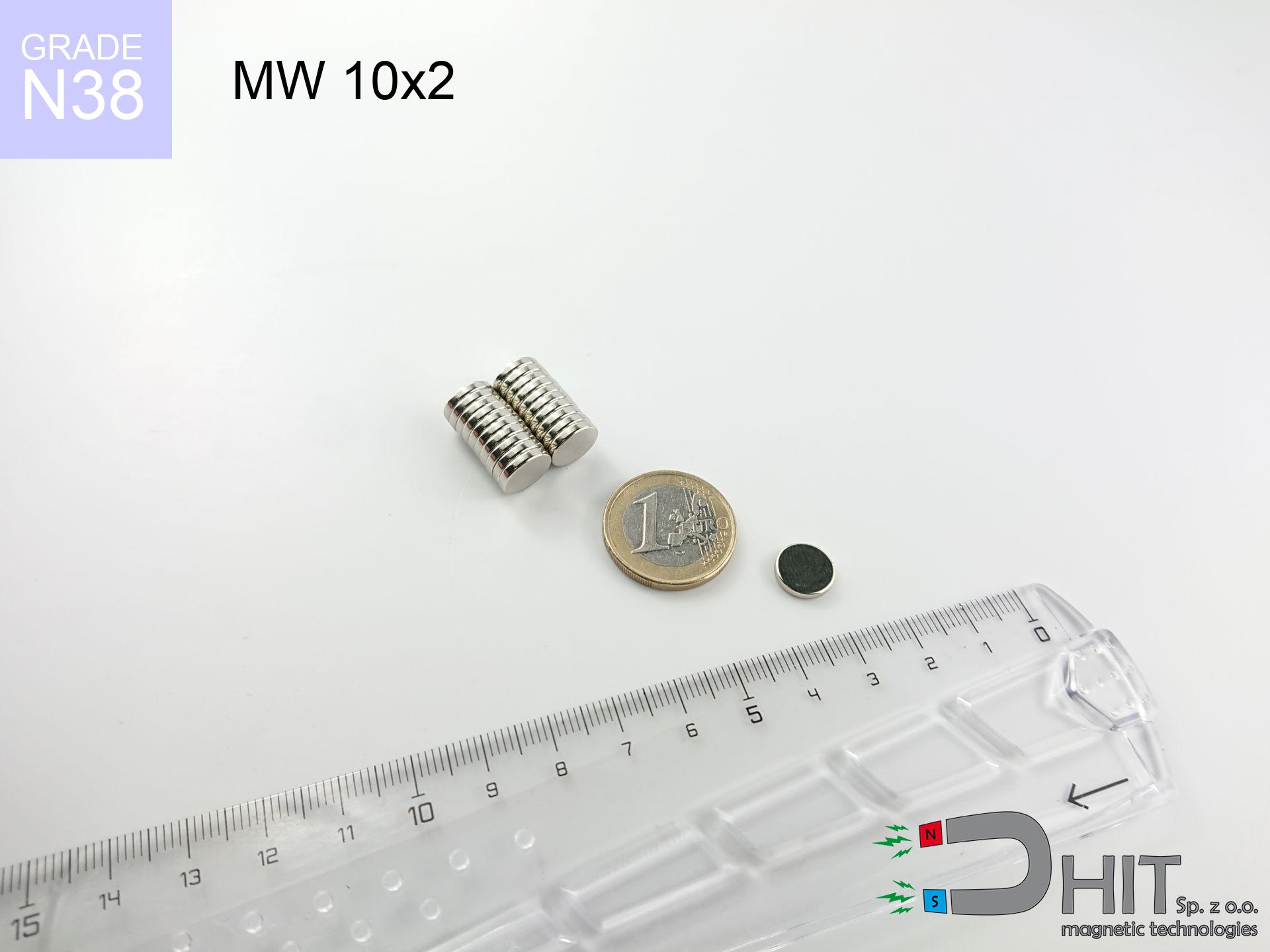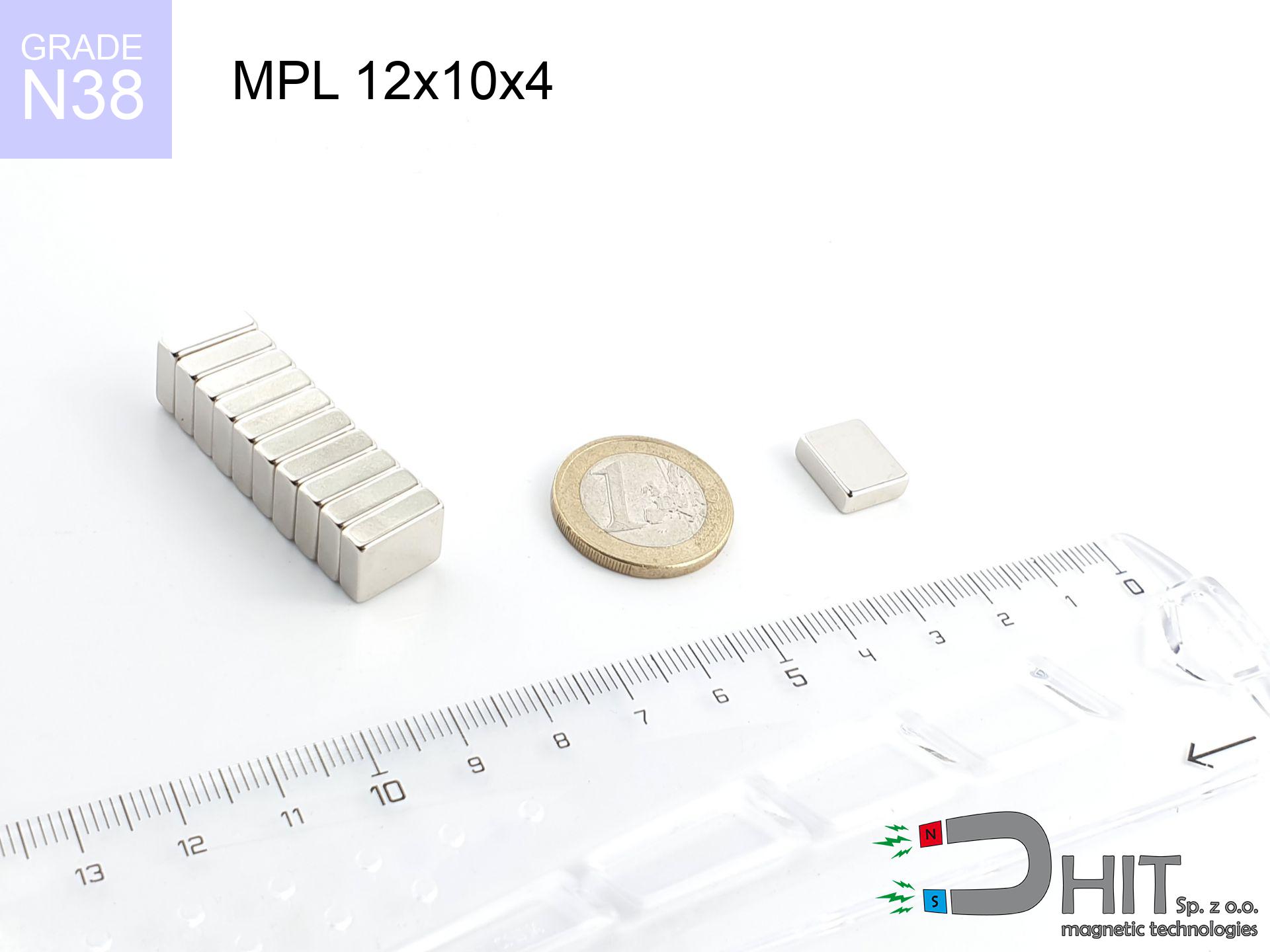SM 25x125 [2xM8] / N42 - magnetic separator
magnetic separator
Catalog no 130288
GTIN/EAN: 5906301812814
Diameter Ø
25 mm [±1 mm]
Height
125 mm [±1 mm]
Weight
0.01 g
Magnetic Flux
~ 6 500 Gauss [±5%]
319.80 ZŁ with VAT / pcs + price for transport
260.00 ZŁ net + 23% VAT / pcs
bulk discounts:
Need more?
Give us a call
+48 22 499 98 98
otherwise get in touch by means of
inquiry form
through our site.
Lifting power along with structure of a neodymium magnet can be verified with our
power calculator.
Orders placed before 14:00 will be shipped the same business day.
Technical parameters of the product - SM 25x125 [2xM8] / N42 - magnetic separator
Specification / characteristics - SM 25x125 [2xM8] / N42 - magnetic separator
| properties | values |
|---|---|
| Cat. no. | 130288 |
| GTIN/EAN | 5906301812814 |
| Production/Distribution | Dhit sp. z o.o. |
| Country of origin | Poland / China / Germany |
| Customs code | 85059029 |
| Diameter Ø | 25 mm [±1 mm] |
| Height | 125 mm [±1 mm] |
| Weight | 0.01 g |
| Material Type | Stainless steel AISI 304 / A2 |
| Magnetic Flux | ~ 6 500 Gauss [±5%] |
| Size/Mount Quantity | 2xM8 |
| Polarity | circumferential - 4 poles |
| Casing Tube Thickness | 1 mm |
| Manufacturing Tolerance | ±1 mm |
Magnetic properties of material N42
| properties | values | units |
|---|---|---|
| remenance Br [min. - max.] ? | 12.9-13.2 | kGs |
| remenance Br [min. - max.] ? | 1290-1320 | mT |
| coercivity bHc ? | 10.8-12.0 | kOe |
| coercivity bHc ? | 860-955 | kA/m |
| actual internal force iHc | ≥ 12 | kOe |
| actual internal force iHc | ≥ 955 | kA/m |
| energy density [min. - max.] ? | 40-42 | BH max MGOe |
| energy density [min. - max.] ? | 318-334 | BH max KJ/m |
| max. temperature ? | ≤ 80 | °C |
Physical properties of sintered neodymium magnets Nd2Fe14B at 20°C
| properties | values | units |
|---|---|---|
| Vickers hardness | ≥550 | Hv |
| Density | ≥7.4 | g/cm3 |
| Curie Temperature TC | 312 - 380 | °C |
| Curie Temperature TF | 593 - 716 | °F |
| Specific resistance | 150 | μΩ⋅cm |
| Bending strength | 250 | MPa |
| Compressive strength | 1000~1100 | MPa |
| Thermal expansion parallel (∥) to orientation (M) | (3-4) x 10-6 | °C-1 |
| Thermal expansion perpendicular (⊥) to orientation (M) | -(1-3) x 10-6 | °C-1 |
| Young's modulus | 1.7 x 104 | kg/mm² |
Material specification
| iron (Fe) | 64% – 68% |
| neodymium (Nd) | 29% – 32% |
| boron (B) | 1.1% – 1.2% |
| dysprosium (Dy) | 0.5% – 2.0% |
| coating (Ni-Cu-Ni) | < 0.05% |
Sustainability
| recyclability (EoL) | 100% |
| recycled raw materials | ~10% (pre-cons) |
| carbon footprint | low / zredukowany |
| waste code (EWC) | 16 02 16 |
Other offers
Advantages and disadvantages of rare earth magnets.
Strengths
- They have constant strength, and over more than 10 years their attraction force decreases symbolically – ~1% (according to theory),
- They are extremely resistant to demagnetization induced by presence of other magnetic fields,
- In other words, due to the reflective layer of gold, the element becomes visually attractive,
- They show high magnetic induction at the operating surface, making them more effective,
- Through (adequate) combination of ingredients, they can achieve high thermal strength, allowing for operation at temperatures reaching 230°C and above...
- Possibility of custom machining as well as modifying to precise applications,
- Huge importance in modern technologies – they find application in magnetic memories, electric drive systems, advanced medical instruments, also modern systems.
- Compactness – despite small sizes they generate large force, making them ideal for precision applications
Limitations
- They are prone to damage upon too strong impacts. To avoid cracks, it is worth protecting magnets using a steel holder. Such protection not only protects the magnet but also increases its resistance to damage
- Neodymium magnets decrease their force under the influence of heating. As soon as 80°C is exceeded, many of them start losing their power. Therefore, we recommend our special magnets marked [AH], which maintain stability even at temperatures up to 230°C
- Magnets exposed to a humid environment can rust. Therefore while using outdoors, we recommend using waterproof magnets made of rubber, plastic or other material protecting against moisture
- Limited possibility of creating threads in the magnet and complex forms - recommended is cover - magnet mounting.
- Potential hazard to health – tiny shards of magnets can be dangerous, in case of ingestion, which becomes key in the context of child health protection. Furthermore, tiny parts of these devices can complicate diagnosis medical in case of swallowing.
- With budget limitations the cost of neodymium magnets is a challenge,
Pull force analysis
Magnetic strength at its maximum – what it depends on?
- using a plate made of mild steel, serving as a ideal flux conductor
- whose thickness is min. 10 mm
- with a plane free of scratches
- without the slightest clearance between the magnet and steel
- under vertical application of breakaway force (90-degree angle)
- at ambient temperature room level
What influences lifting capacity in practice
- Gap (between the magnet and the metal), since even a tiny clearance (e.g. 0.5 mm) leads to a decrease in force by up to 50% (this also applies to paint, rust or dirt).
- Loading method – declared lifting capacity refers to pulling vertically. When applying parallel force, the magnet holds significantly lower power (typically approx. 20-30% of nominal force).
- Wall thickness – thin material does not allow full use of the magnet. Magnetic flux penetrates through instead of generating force.
- Material composition – different alloys reacts the same. High carbon content worsen the attraction effect.
- Surface condition – smooth surfaces guarantee perfect abutment, which improves force. Rough surfaces reduce efficiency.
- Thermal environment – temperature increase causes a temporary drop of force. It is worth remembering the thermal limit for a given model.
Lifting capacity was assessed with the use of a steel plate with a smooth surface of suitable thickness (min. 20 mm), under perpendicular detachment force, whereas under parallel forces the lifting capacity is smaller. In addition, even a small distance between the magnet and the plate reduces the lifting capacity.
Precautions when working with NdFeB magnets
Heat sensitivity
Keep cool. Neodymium magnets are susceptible to temperature. If you require operation above 80°C, ask us about HT versions (H, SH, UH).
Keep away from computers
Equipment safety: Strong magnets can ruin data carriers and sensitive devices (heart implants, medical aids, mechanical watches).
Phone sensors
GPS units and smartphones are highly susceptible to magnetic fields. Direct contact with a powerful NdFeB magnet can decalibrate the internal compass in your phone.
Handling guide
Before starting, check safety instructions. Uncontrolled attraction can break the magnet or hurt your hand. Think ahead.
Danger to pacemakers
Health Alert: Strong magnets can deactivate pacemakers and defibrillators. Stay away if you have electronic implants.
Machining danger
Drilling and cutting of neodymium magnets carries a risk of fire hazard. Magnetic powder reacts violently with oxygen and is difficult to extinguish.
Swallowing risk
Product intended for adults. Small elements can be swallowed, leading to severe trauma. Store out of reach of kids and pets.
Risk of cracking
Watch out for shards. Magnets can fracture upon violent connection, ejecting sharp fragments into the air. Wear goggles.
Pinching danger
Protect your hands. Two powerful magnets will snap together immediately with a force of massive weight, crushing anything in their path. Be careful!
Avoid contact if allergic
Studies show that the nickel plating (the usual finish) is a potent allergen. If you have an allergy, avoid direct skin contact and select versions in plastic housing.

![Magnetic bar SM 25x125 [2xM8] / N42 Magnetic bar SM 25x125 [2xM8] / N42](https://cdn3.dhit.pl/graphics/banners/magnet.webp)
![SM 25x125 [2xM8] / N42 - magnetic separator](https://cdn3.dhit.pl/graphics/products/sm-25x125-2xm8-duj.jpg)





